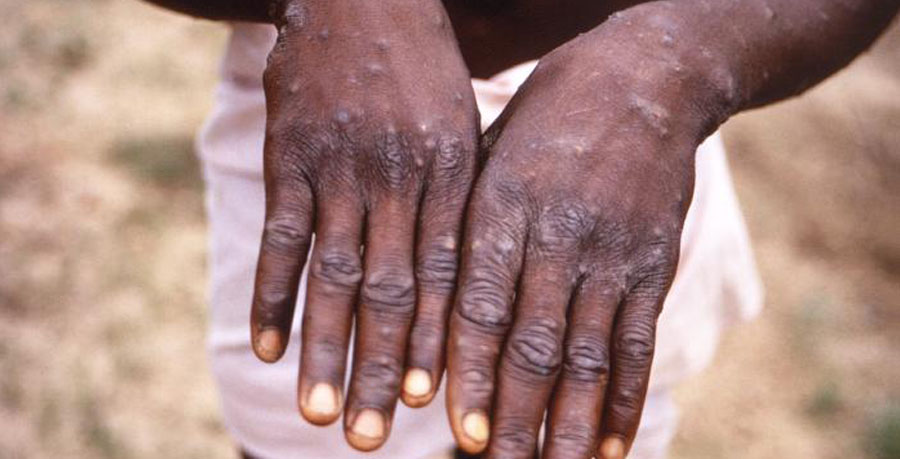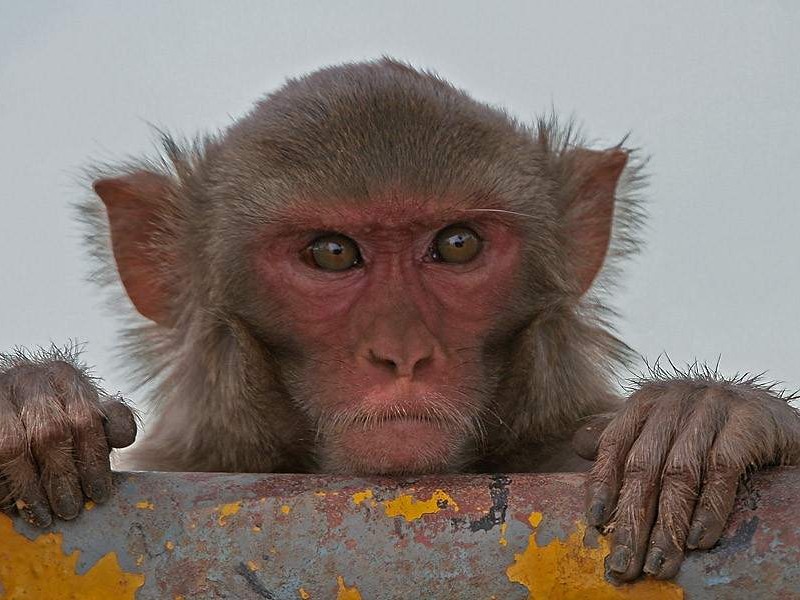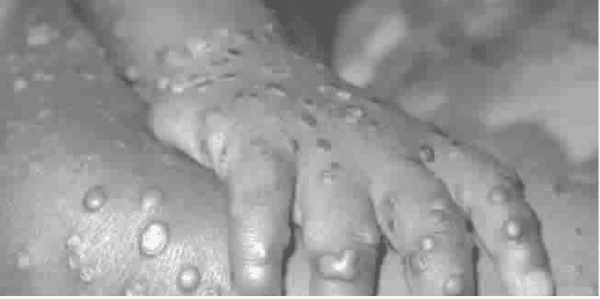Monkeypox is a a rare viral zoonosis which is transmitted from animals to humans, and from humans to humans.
Even though it is not as common as many other viral infections, it still is not one that should be taken lightly. The good news is that it is not in the class of infections such as Ebola, but it can as well be deadly. Also, it is in the class of small pox, but it is milder.
The Monkeypox is primarily known to affect people in the Central and West Africa, near tropical rain forests areas.
Recently, this rare infection has been discovered in Bayelsa state, where it has infected many people including children.
How People Contact and Transmit Monkeypox

This viral infection mostly results from direct contact with the blood, bodily fluids, or cutaneous or mucosal lesions of infected animals. The primary source of the disease are infected monkeys. Others that have also been seen to have transmitted the disease are the Gambian giant rats and squirrels. In fact, rodents are said to be the major reservoir of the virus.
Therefore if one eats the meat of an infected animal that has not been properly cooked, the risk of one getting the infection increases.
There is also the secondary transmission which is the human to human transmission. This can happen when:
- One comes in close contact with infected respiratory tract secretions
- Skin lesions of an infected person
- Objects recently contaminated by patient fluids or lesion materials.
When a member of a household contacts the Monkeypox viral disease, other members are open to the risk of contacting as well.
Symptoms of Monkeypox

From the interval of infection to onset of symptoms of this disease is usually from 6 to 16 days. Nevertheless, the incubation period may also range from 5 to 21 days.
There are two periods for the symptoms to begin showing:
- The invasion period (0-5 days): At this point you may experience fever, intense headache, swelling of the lymph node, back pain, muscle ache, and an intense lack of energy.
- The skin eruption period (within 1-3 days after appearance of fever): At this stage, an infected person may begin to develop various stages of the rash. Most times, the rashes begin on the face before further spreading to other parts of the body. The face is where one gets the most rash, followed by the palms, and then the feet.
You can expect that the rashes would evolve from “maculopapules (lesions with a flat bases) to vesicles (small fluid-filled blisters), pustules, followed by crusts occurs in approximately 10 days. Three weeks might be necessary before the complete disappearance of the crusts,” according to the health body.
The symptoms mostly get to last from 14 to 21 days.
Treatment Of Monkeypox Virus
Before treatment can begin, there will be diagnoses which will consider other things including smallpox, chickenpox, measles, bacterial skin infections, scabies, syphilis, and other rash infections. Other medication-associated allergies will also be considered.
Because it is like smallpox in some ways, Lymphadenopathy during the prodromal stage can be a clinical feature to distinguish it from the other.
Different lab tests such as enzyme-linked immunosorbent assay (ELISA), antigen detection tests, polymerase chain reaction (PCR) assay, and virus isolation by cell culture would be used.
For the treatment proper, the World Health Organization (WHO) has pointed out that while there is neither treatment nor vaccination, vaccination against smallpox has been found to be 85% effective.
More so, the outbreak can be controlled easily, and if one has had a prior smallpox vaccination, the infection may be very mild.
See Also: Scientists Want to Start Growing Human Organs in Pigs: Human-Pig Embryos
Monkeypox virus may get to go on its own as it is self limiting.
Prevention

The only thing that beats the treatment of Monkeypox is the treatment. Here are simple ways to prevent contacting or spreading the disease.
- Avoid eating dead bush meat.
- The movement of animals that could carry the disease including monkey should be restricted
- Cook all animal products thoroughly
- Any animal suspected to have come in contact with an infected animal should be quarantined for up to 30 days.
- Avoid body contact with an infected person
- Health officers must use protective devices, such as hand gloves
- In humans, quick detection will help reduce the spread of the disease.
Facts On Monkeypox
- The infection was first discovered in 1958 when some monkeys in Denmark caught some pox-like disease.
- Human monkeypox was first identified in humans in 1970 when it contacted a 9-year-old boy in the Democratic Republic of Congo (then known as Zaire).
- Th first case of the disease reported outside of Africa was in 2003 when some people in Midwest of the United States of America got infected after they came in contact with pet prairie dogs.
- The last time it was reported before it was discovered in Nigeria in 2017, was Between August and October 2016, when there was an outbreak of the disease in the Central African Republic . 26 cases were reported and two deaths were recorded.
- After the Monkey pox outbreak in Nigeria, the federal government had had to come out and deny claims that it injected people with the virus.
- There is no treatment or vaccine.















